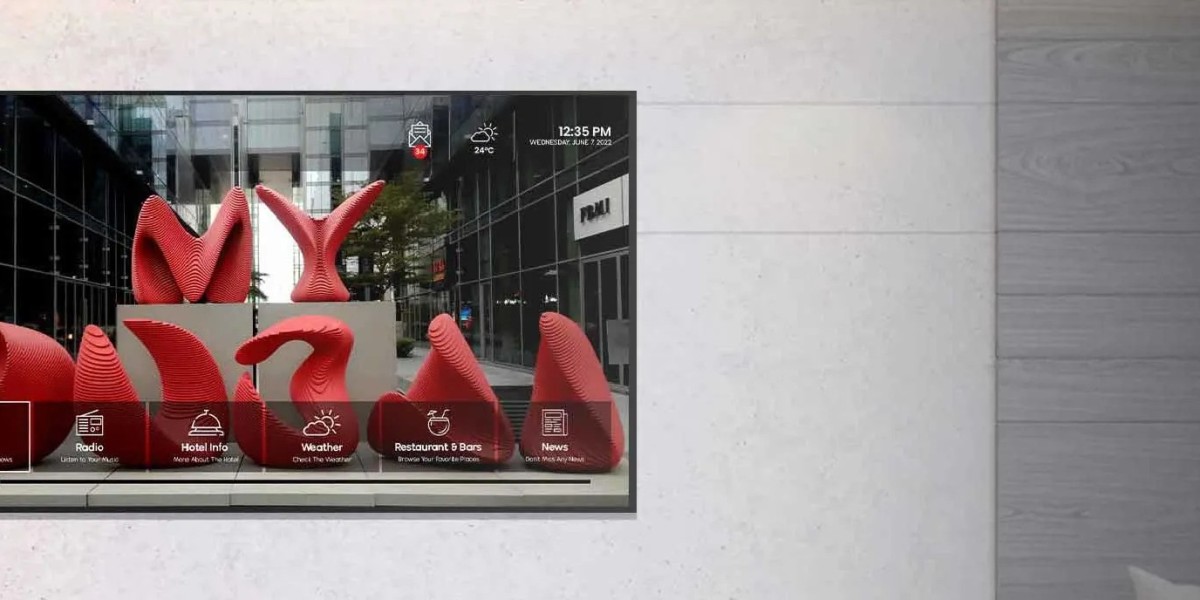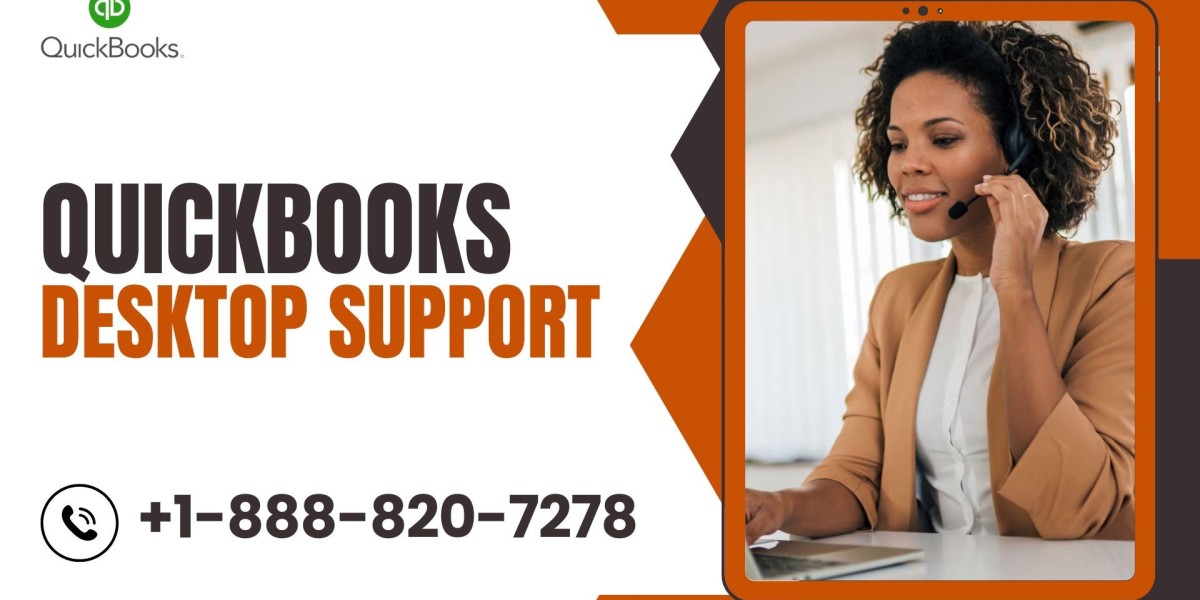The Ultimate Guide to Web Designing: Everything You Need to Know
Introduction
In today’s digital world, having a strong online presence is essential for every business, organization, or personal brand. A website is often the first point of contact for potential customers, which means web designing plays a key role in making a lasting first impression. But web designing is more than just creating visually appealing layouts—it involves a blend of aesthetics, functionality, user experience (UX), and technical know-how.
This comprehensive guide will explain the fundamentals of web design, its importance, the key elements involved, industry trends, and tips for creating a site that stands out.
What Is Web Designing?
Web design is the process of creating a website's layout, look, and user interface (UI). It includes selecting fonts, colors, images, and other design elements that enhance the user experience. However, web design isn't just about making things look good—it also focuses on how visitors interact with the website and how easy it is to navigate.
A well-designed website blends usability with aesthetics to create an engaging experience for users, leading them to stay longer, explore more, and take desired actions like making a purchase or contacting the business.
Why Is Web Designing Important?
- First Impressions Matter:
A visitor forms an opinion about your website within the first few seconds. A visually appealing, well-organized design can make a strong impression and encourage users to explore further. - Improved User Experience (UX):
Thoughtful design ensures users can find what they’re looking for quickly and easily. When visitors have a seamless browsing experience, they are more likely to engage and convert into customers. - Builds Trust and Credibility:
A professional website reflects the credibility of your brand or business. Poor design, broken links, or slow-loading pages can make users lose trust in your services. - Supports SEO Efforts:
A well-structured and optimized website helps improve your search engine ranking. Web designers often work with SEO specialists to ensure that design elements support better visibility on search engines. - Drives Conversions and Revenue:
Good web design includes clear calls-to-action (CTAs) that encourage users to take specific steps, such as subscribing to a newsletter, filling out a form, or purchasing a product.
Key Elements of Web Designing
1. Layout and Structure
The layout of a website is like a blueprint—it dictates how content is organized and displayed. A good layout ensures the website is easy to navigate and visually appealing. Web designers use grids, spacing, and alignment to create balance and structure.
2. Color Scheme
Colors have a psychological impact and play a significant role in branding. Designers select color palettes that align with a business’s identity and evoke the right emotions from users. For example, blue is often associated with trust, while red conveys urgency or excitement.
3. Typography and Fonts
Fonts influence how readable and professional your website looks. Web designers choose fonts that reflect the tone of the brand and are easy to read across all devices. Many websites use Google Fonts for consistency and cross-browser compatibility.
4. Visual Elements
Images, videos, and icons enhance the look of a website and improve user engagement. However, designers must optimize these elements to ensure they don't slow down the website’s loading time.
5. Responsive Design
With the increasing use of smartphones, websites need to be mobile-friendly. Responsive design ensures the site adapts to different screen sizes, providing an optimal viewing experience on desktop, tablet, and mobile devices.
6. Navigation
Clear navigation helps users find information quickly. Designers use menus, breadcrumbs, and links to organize the site’s content logically. Poor navigation can frustrate users and cause them to leave the site.
7. Call-to-Action (CTA) Buttons
Effective web design includes strategic CTAs that encourage users to take specific actions, such as "Contact Us," "Sign Up," or "Shop Now." These buttons should stand out and be easy to spot.
Current Trends in Web Design
1. Minimalism
Less is more in web design. Minimalist websites use simple layouts, clean fonts, and plenty of white space to create a modern and uncluttered feel.
2. Dark Mode
Dark mode is becoming increasingly popular for its sleek appearance and reduced eye strain. Many websites now offer light and dark themes to cater to user preferences.
3. Micro-Animations
Micro-animations are small, subtle movements that guide users’ attention and improve engagement. For example, a button changing color when hovered over adds an interactive touch.
4. Bold Typography
Many websites now use large, bold fonts to make a statement and grab attention. Typography can often serve as the primary design element, replacing traditional images or icons.
5. 3D Elements and Immersive Experiences
With advances in technology, websites are incorporating 3D graphics and immersive experiences like VR to stand out and provide memorable user experiences.
Tips for Effective Web Design
Understand Your Audience:
Knowing your target audience will help you create a design that resonates with them. For example, a luxury fashion website will have a very different design from a children’s toy store.
Prioritize Speed and Performance:
Slow-loading websites can lead to high bounce rates. Use optimized images, enable caching, and choose reliable web hosting to improve speed.
Use White Space Wisely:
White space, or negative space, improves readability and draws attention to key elements on the page. Avoid cluttering your website with too much content.
Test Across Devices and Browsers:
Make sure your website functions correctly on all devices and browsers. Cross-browser testing ensures that users get a consistent experience, regardless of how they access your site.
Incorporate SEO Best Practices:
Use SEO-friendly design techniques like fast loading speeds, proper headings, meta descriptions, and image alt text to improve search engine visibility.
Regularly Update Your Content:
A website isn't a one-time project. Keep your content up to date, fix broken links, and refresh the design periodically to stay relevant.
Common Web Design Mistakes to Avoid
Overcomplicating the Design:
Simple designs are often the most effective. Too many elements can overwhelm users and reduce engagement.
Neglecting Mobile Users:
Failing to optimize for mobile devices can result in lost traffic and poor user experience.
Ignoring SEO Basics:
Without SEO-friendly elements, your website may struggle to attract organic traffic.
Using Low-Quality Images:
Poor visuals can make your site look unprofessional. Always use high-resolution, optimized images.
Conclusion
Web designing is a critical part of creating a successful online presence. A well-designed website not only looks attractive but also provides a seamless user experience, supports SEO efforts, and drives conversions. Whether you’re building a personal blog, an e-commerce store, or a corporate website, investing in good web design is essential.
With the right combination of visual elements, usability, and functionality, web design can help businesses grow and thrive in the digital landscape. Staying updated with the latest trends and continuously improving your design will ensure your website remains relevant and competitive.



